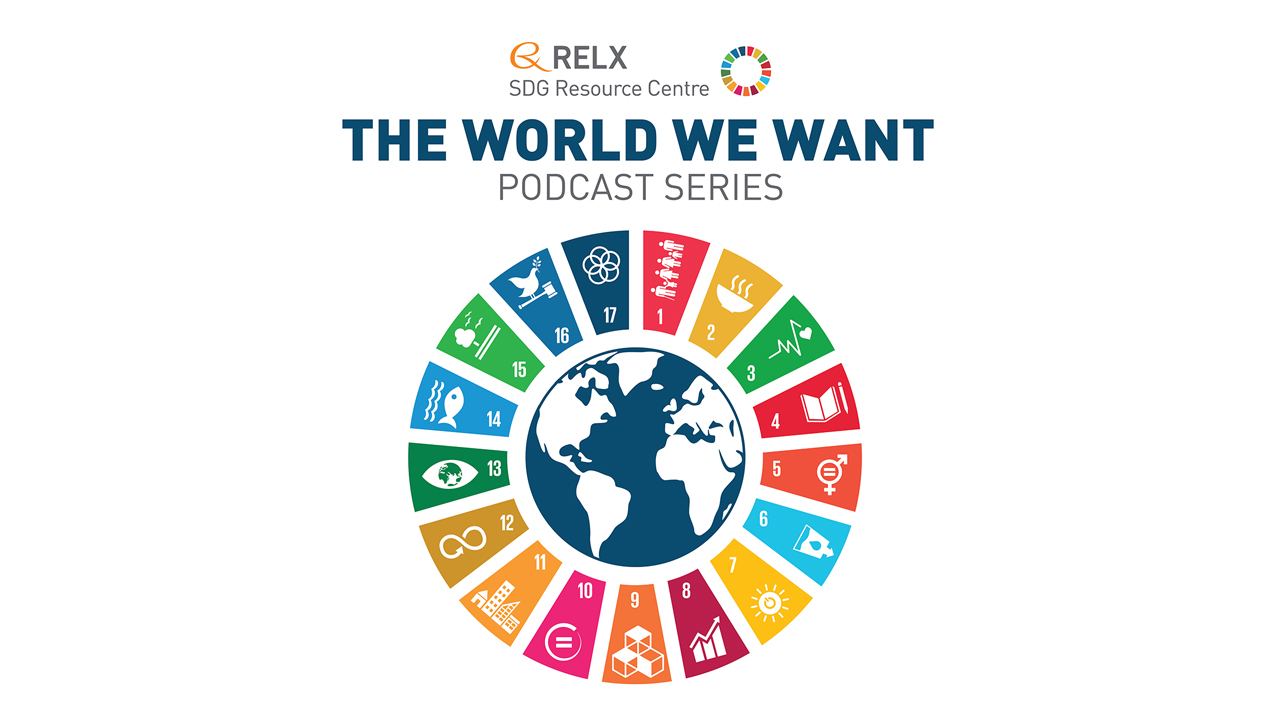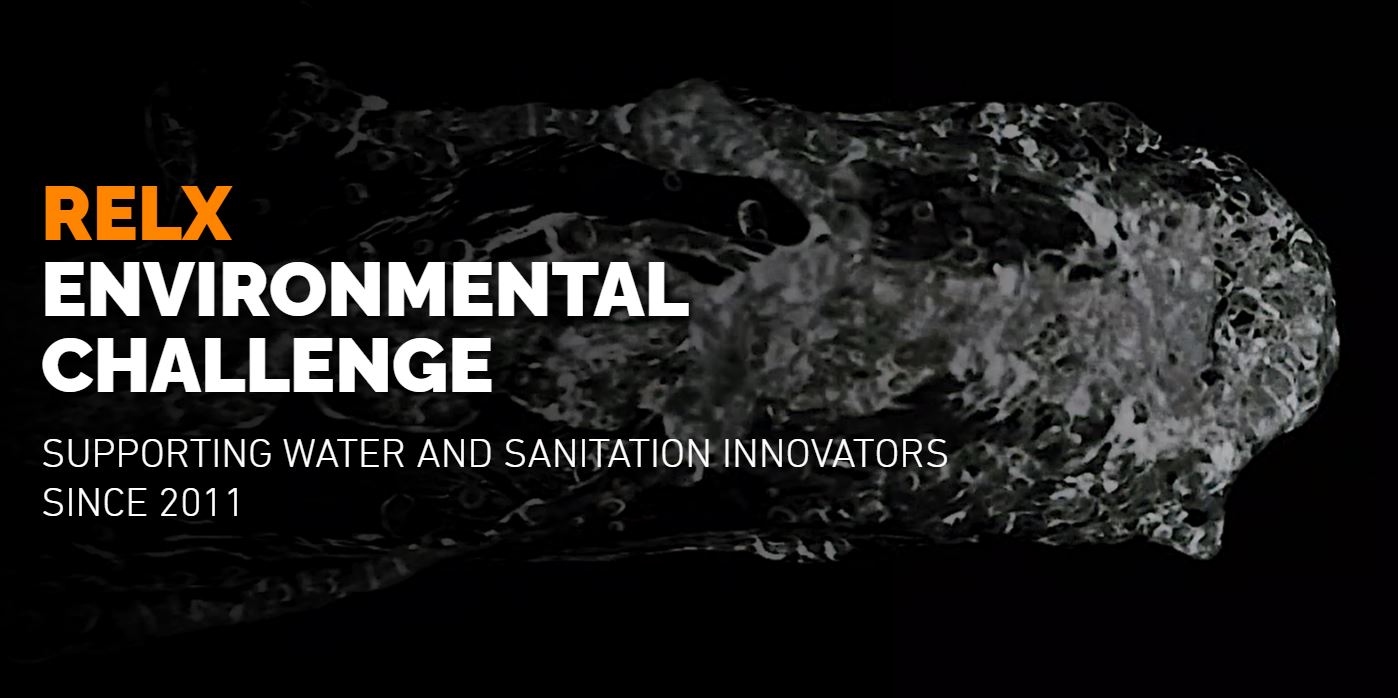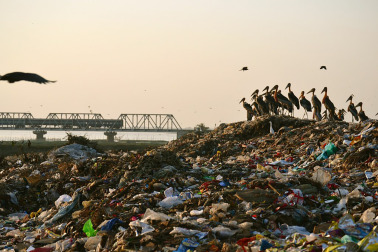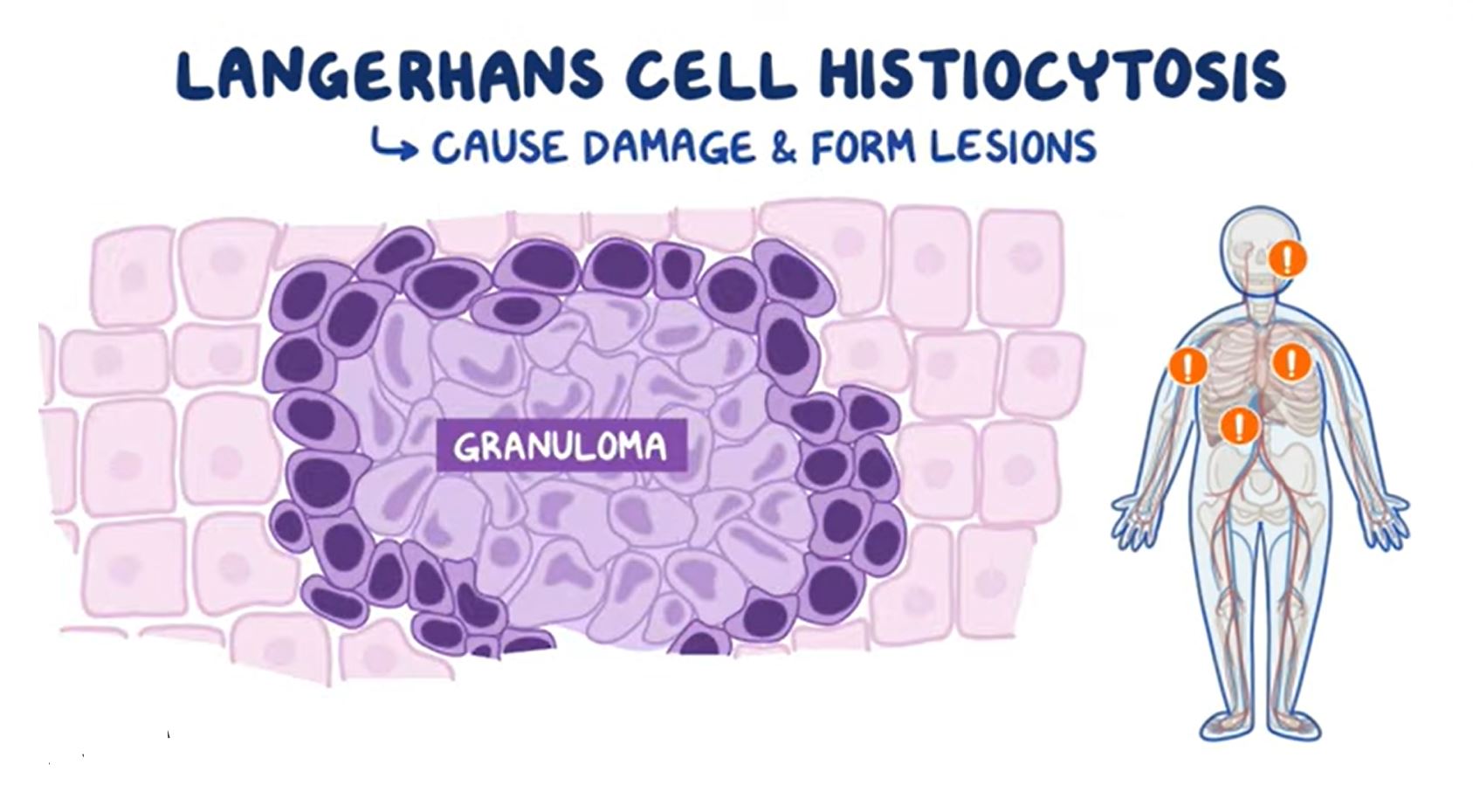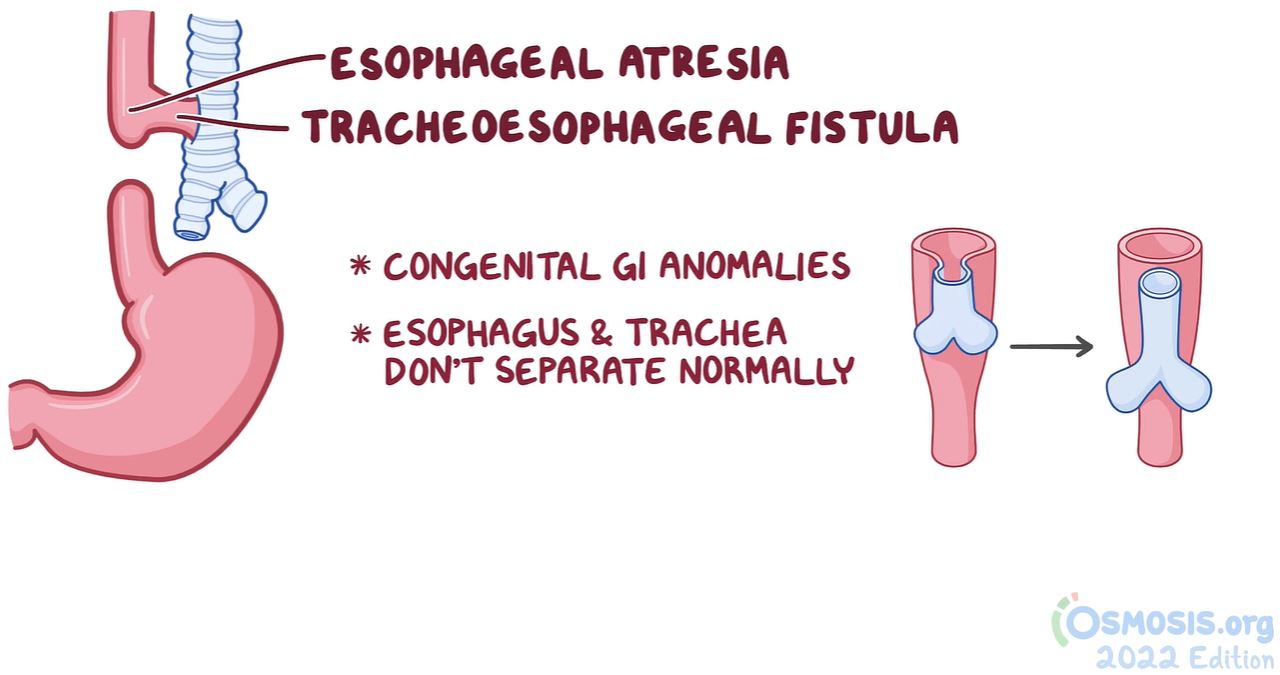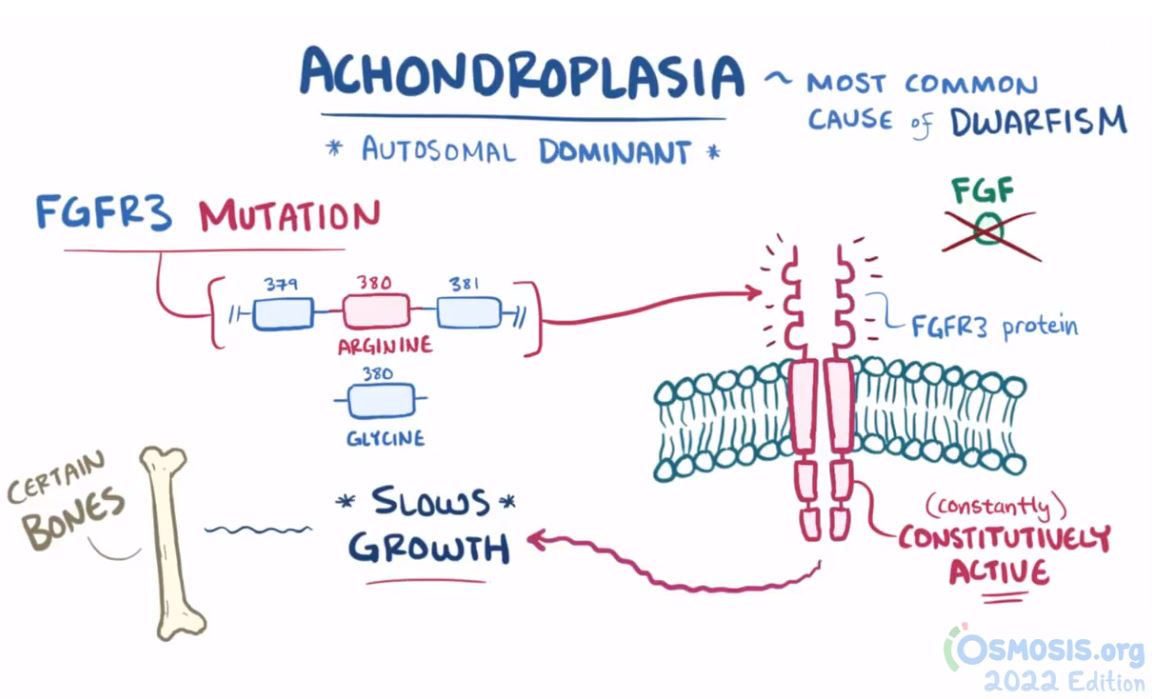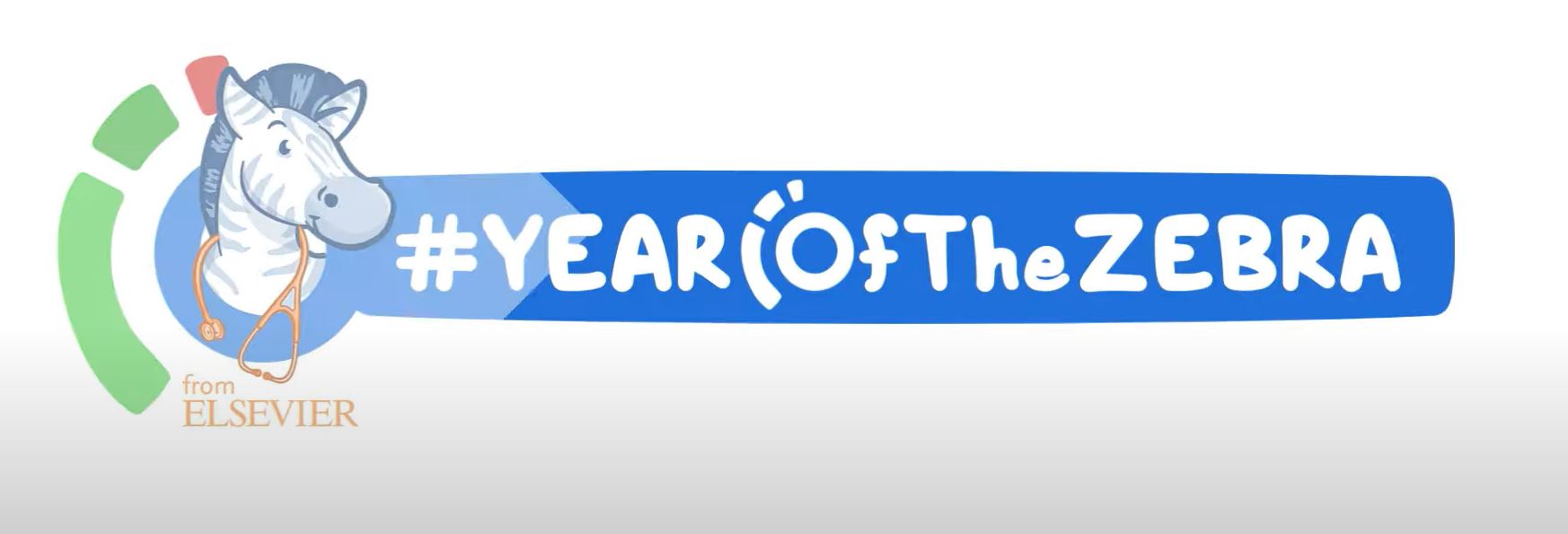Global Citizen, 7th February 2020
Millions of children globally cannot attend school because they live on less than $1.90 a day. The article explores the relationship between SDGs 1 and 4.
RELX
Since 2011, the RELX Environmental Challenge has been awarded to projects that best demonstrate how they can provide sustainable access to safe water or sanitation. Poor access to water and sanitation has been a growing crisis, with around 800m people worldwide lacking access to clean water and 2bn people lacking access to basic sanitation. The 2022 winners have created innovative solutions to achieve SDG 6, access to clean water and sanitation for all.
Elsevier,
Fate of Biological Contaminants During Recycling of Organic Wastes
2023, Pages 279-295
This content supports the SDG Goal 3: Good health and well-being and Goal 6: Clean water and sanitation by emphasizing the presence of pathogens, particularly virus, in the waste and leachate materials of some landfills, and also on the waste management, awareness, precaution, needed to be considered to overcome the diseases caused by viral particles.
Elsevier
This article ties to SDG 3. This resource, created together by Osmosis and the National Organization for Rare Diseases (NORD), aims to increase the knowledge and awareness about the rare disease Langerhans Cell Histiocytosis (LCH), a proliferation of abnormal histiocytes, which are inflammatory immune cells that constantly patrol the body for invaders and can infiltrate multiple body parts including the bones, skin and nervous system.
Elsevier
This article ties to SDG 3. This resource, created together by Osmosis and the National Organization for Rare Diseases (NORD), aims to increase the knowledge and awareness about the rare disease Achalasia, which involves damage to the nerves in the esophagus causing the lower esophageal sphincter, a circular muscle at the end of the esophagus, to be unable to relax. The resulting symptoms include difficulty swallowing and chest pain.
Elsevier
This article ties to SDG 3. This resource, created together by Osmosis and the National Organization for Rare Diseases (NORD), aims to increase the knowledge and awareness about the rare birth defect Esophageal Atresia & Tracheoesophageal Fistula. This disease occurs when the esophagus fails to develop correctly, essentially ending in a blind pouch that is commonly connected to the trachea, creating a tracheoesophageal fistula.
In support of the International Law Book Facility's (ILBF) law undergraduate essay competition, the ILBF is holding a free online panel event on 25th January at 5pm GMT, which is being hosted by LexisNexis. The subject is lawyers and the climate emergency.
Elsevier
This article ties to SDG 3. This resource, created together by Osmosis and the National Organization for Rare Diseases (NORD), aims to increase the knowledge and awareness about the rare disease Achondroplasia, the most commonly occurring form of skeletal dysplasia that occurs in approximately 1 in 20,000-30,000 live births.
